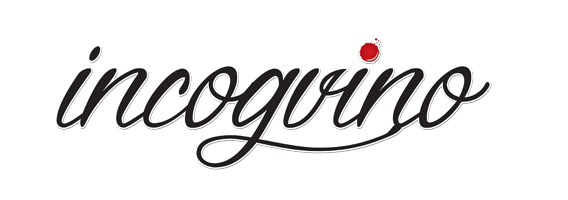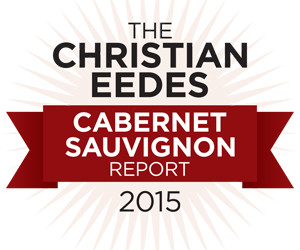It’s often said that Cab is King in Stellenbosch, and that the area is generally considered “Cabernet Country”. I’ve heard winemakers and others in industry mumble the sentiment that if you can’t make a decent Cabernet Sauvignon in Stellenbosch, you have no business being a winemaker. Perhaps a harsh sentiment, but it rings true in many ways. South African wine is going in many different and exciting directions, but perhaps we must be wary of spreading ourselves too thin in a cultivar sense? Of course diversifying and experimenting is great in terms of new offerings and discovering what is possible (and equally, what is not) but there is also no sense in moving rapidly away from our strengths – of which Cabernet Sauvignon is definitely one. The annual Christian Eedes Cabernet Sauvignon Report take a good look at what’s potting with local Cab, and this year continued the showcasing of the top specimens.
The #CabReport2015 was revealed during a casual ceremony at Burrata on Wednesday afternoon. Christian kicked off the proceedings with an introduction and thanked Derek Prout-Jones (thereafter referred to as DPJ) for sponsoring the 2015 report. He went on to explain that for the 2015 report, they moved away from the 20-point/5 star rating system and used the (internationally more standard) 100-point system. They also did away with the Top 10 and instead awarded all wines scoring 90 points and higher a certificate.
DPJ also shared a few thoughts with those gathered. He underlined the importance of the Cab Report, mostly in terms of what it does to raise consumer awareness and – as a result – drive sales, ultimately expanding the wine-drinking footprint. This is specifically important for the cultivar as it’s arguably one of SA’s most important – some would claim it’s our most iconic grape.
The approach to the report as follows (quoted directly from the report):
“The tasting is capped at 60 wines, partly consisting of examples which have fared well in recent local or international competition and partly from those producers I consider to be the best in their field even if somewhat low profile. While other bigger tastings can have a useful talent spotting function, the intention here is very much to do good by what might be called the seeded players, the finite line-up in particular intended to avoid the perils of palate fatigue. The judging panel was chaired by myself – Christian Eedes – and further consisted of two trusted colleagues, namely Roland Peens and James Pietersen, both of Wine Cellar, a Cape Town firm which brokers and cellars fine wine. We tasted blind, scoring done according to the 100-point system.”
If Cabernet is your game, you will want to take note of this report. And to see the consistency with which many of these producers perform, a gander at the report of the previous 3 years illustrates their continuously excellent performance brilliantly – names like Le Riche, Graham Beck, Warwick, de Trafford and Spier (to name but a few) keep popping up in and around the Top 10 and scored 90+ in the 2015 report. It’s a safe assumption to make that these are the winemakers and estates leading the way to top SA Cabernet. If you’re serious about Cab Sauv, do yourself a favour and page through all the reports to spot the trends and have a squizz of where your favourites rank. All previous years’ reports are available on the WineMag.co.za site.
A special treat was having all the 90+ pointers available for tasting. My favourites – in no particular order – were the Vergelegen V 2011 (unreleased) which is still preposterously young but will shape to be a fantastic number in years to come, the de Trafford 2012 which seemed to me the most elegant and beautiful wine of them all and the Warwick Blue Lady 2012. Warwick also went one step further and had a 1991 Cabernet Sauvignon to taste alongside the Blue Lady. It was exquisite, aged beautifully but with enough life in her to go a few more years yet.
You can read the full 2015 report here. Congratulations to Christian on his valuable contribution. While no single report or document is likely to ever be considered comprehensive (for a given value of comprehensive) by everyone who reads it, the fact that we have these inputs available to the public goes a long way to building and promoting wine in general.


